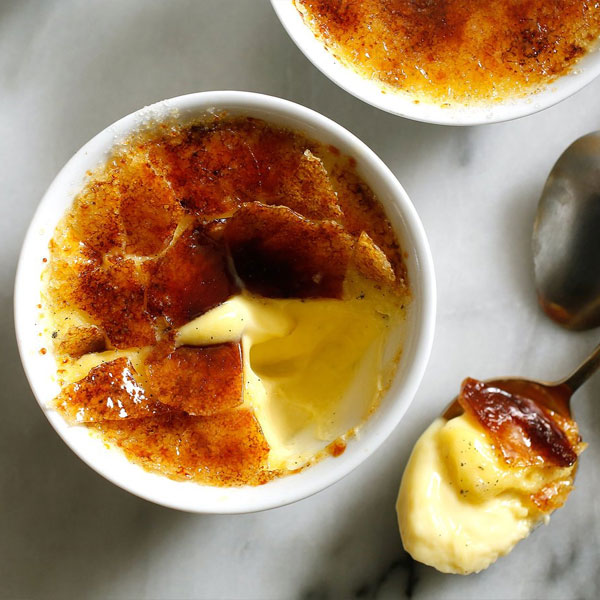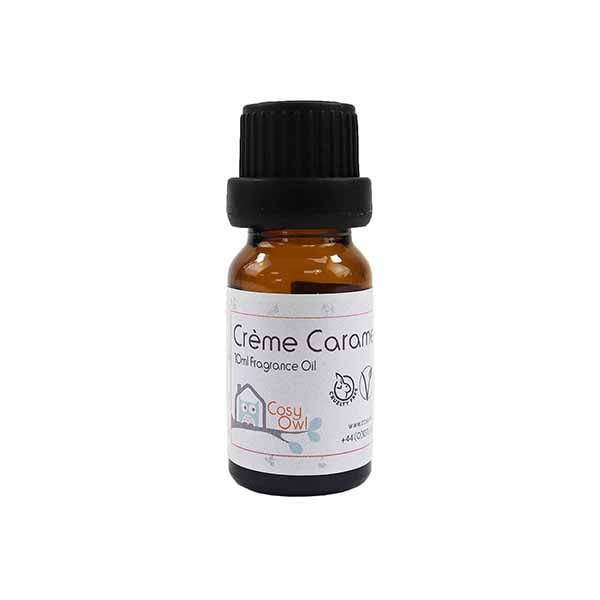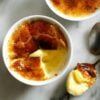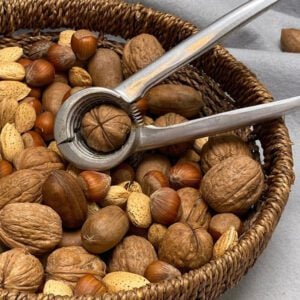Please note – all 5kg, 10kg and 25kg Fragrance Oils are bespoke made-to-order items and have an up to 6-week delivery lead time which isn’t reflected in the shipping options presented at checkout. If your order includes any 5kg, 10kg or 25kg Fragrance Oils, lead time for the entirety of the order will be up to 6 weeks. 5kg, 10kg or 25kg bespoke made-to-order Fragrance Oils are also non-refundable.
Made with natural ingredients and essential oils*.
Our Crème Caramel Fragrance Oil has been specially formulated to evoke the familiar smells associated with the typical custard dessert made with whipped cream and eggs and topped with caramel. The oil exudes a strong and prominent smell associated with bergamot and sugar. This initial aroma is the most pronounced as your candle starts to burn, filling up your room with a scent that is then enhanced by light undertones of caramel, allspice and truffle. Incorporated into the formulation for this distinctive fragrance is a delightful trace aftertaste of vanilla, cream and amber.
All our fragrance oils are exclusive to Cosy Owl and have been developed by our experts for superior scent throw in a candle and have been optimised to use with our wax. Our oils are 100% concentrated and are fully compatible for use with all our waxes.
How much fragrance should I add?
All our fragrances are high quality and specifically designed for excellent scent throw, meaning that generally speaking less is more. How much to add is slightly complex and we have developed a guide to give you more details here. Generally though starting with between 5-8% is a good idea and up to 10% for less strong fragrances should give you more than enough scent throw. It is always best to experiment with each scent and wax combination and start low and work up. As long as you follow the guide and observe the flash point you will get beautifully scented candles with a bit of practise. Generally speaking you should never put in more than 12% fragrance as the candle will literally begin to sweat or leach the fragrance.
All fragrance oils have what is referred to as a Flash Point – the temperature at which the oil will start to combust and the fragrance is released.
The flash point for Creme Caramel is 93.3°C, for more information on Flash Points follow this link https://www.cosyowl.com/guides/how-to-use-fragrance-oils/
Using this fragrance in a reed diffuser?
This fragrance oil is currently being reformulated; we will update you when it is ready to be used in diffusers again.
Using this fragrance in a soap?
All our fragrances are also specially formulated to work in solid soaps, see the safety data sheet for information on the maximum % of each fragrance that can be used in soap making applications.
Please also refer to our CLP Information Notice on the use of Fragrance Oils in candles before purchasing. This information relates to the chemical composition of the oil along with cautionary details relating to possible allergic reactions.
We advise all customers to test fragrances with our 10ml Tester Bottles prior to ordering in larger sizes or quantities in the unlikely event you may be dissatisfied with a Fragrance Oil. Please see our Delivery & Returns page for full terms and conditions.
*This fragrance contains natural elements (essential oils, extracts, resins, isolates) but is not fully natural. Our fragrance oils have been designed to be as simple, clean and natural as possible whilst delivering the best scent throw and the best range of scent notes. Compounds that aren’t sourced direct from nature are either chemically identical to naturally found compounds, artificially created, or modified slightly, usually to give a slightly stronger scent. Occasionally fragrances not found in nature are used to give the distinctive scent that is required for some more artificial type fragrances. This is the same as all fragrance oils on the market today.
Fragrance oils are typically given a year’s expiry from the date of manufacture however, many fragrance oils can last months or even years past this date if stored correctly. Tests (we don’t offer this service) can be performed on fragrance oils to determine their suitability beyond their shelf life.
Current IFRA documents (IFRA version 48) are relevant and applicable for all our fragrances until February 2022, when the new classifications come into force for existing products, i.e. fragrances that are already on the market. All new fragrances are already subject to the IFRA 49 classifications. Over the coming weeks, as we receive the relevant information, we will be updating and making the necessary changes to our website.













maizy m.s –
Amazing product, really recommend. Smelt beautiful with my wax melts and sold out almost immediately. Definitely will be buying again and more in future.
Hailey W.s –
Such a lovely homely scent. Not too sweet but sweet enough
Julies –
Very strong sweet scent. Lovely when wax hot or cold.
Celines –
L’un de mes préférés ! Gourmand et doux je recommande
Susan J.s –
This a a lovely strong caramel fragrance your room smells lovely and long lasting.sue Jackson 07/06/18
Gill Marshall –
A lovely blend of caramel and vanilla and smells lovely as it burns. It fills the whole house with the aroma